Xerocomus Quél.
Recent molecular studies have shown that Xerocomus in its current circumscription is likely an artificial grouping and it is possible that it will be split at some point into smaller genera. Molecular studies also have changed our understanding about the species of xerocomoid boletes showing that morphological features are quite variable in this group. Not only microscopic study is essential for determination, but scanning electron microscope will be often needed in this “genus” as the spore ornamentation is not always seen under ordinary light microscope. Do bear in mind that macroscopic characters, such as colours, cracking cuticle, etc., tend to intergrade between the different species. Note that Boletus impolitus and Boletus depilatus that were shown to be close to Xerocomus subtomentosus and its allies, are here retained in Boletus for practical reasons. The same applies also for Phylloporus pelletieri, placed here in a genus of its own, but being also close to Xerocomus subtomentosus group.
Although large reference list will be found under most of the species, one should always consult Ladurner & Simonini (2003) having in mind that there are some new species (X. chrysonemus, X. marekii, X. silwoodensis) described after this otherwise superior book was printed. Useful keys, covering most of the European xerocomoid boletes (except some southern taxa) are provided by Knudsen & Vesterholt (2008), Hills (2008) and Kibby (2011), the later also featuring an excellent comparison chart.
Fruitbody medium to small sized, boletoid, without veil and ring. Some southern species have secondarily angiocarpic development and then a ring of coarse granules is observed on the stipe, where the cap margin was initially attached. Stipe solid, often tapering towards the base. Flesh variously coloured, changing or not when exposed to air. Tubes not separable from each other, instead tearing apart. Pores usually angular.
Xerocomus cisalpinus Simonini, H. Ladurner & Peintner
Description
Cap up to 7 cm, at first hemispherical then convex, ochraceous, pale brown, greyish brown, olivaceous brown, dark brown to blackish brown, sometimes with reddish tint or entirely red, dry, velvety but very soon cracking and pinkish flesh is revealed in the cracks. Stipe cylindrical to slightly club-shaped, often curved and usually tapering at the base, bright yellow in the upper half, downwards gradually becoming bright red, blueing when bruised. Flesh cream to yellowish in the cap, brownish in the stipe, blueng when exposed to air, most notably in the stipe. Tubes lemon yellow, later pale yellow with olivaceous tint, blueing when injured. Pores concolorous with the tubes, blueing when bruised. Smell not distinctive. Taste not distinctive. Spores 10.5–16 × 4–5.5 μm, striate. Pileipellis (the cap cuticle) a palisadoderm of septate hyphae. Hyphae composed mostly of cylindrical, incrusted cells.
Habitat. In deciduous forests, mycorrhizal mostly with oaks (Quercus), but also with beech (Fagus), pines (Pinus), part of the British records also with cedar (Cedrus).
Distribution. Not yet fully understood due to previous confusion with Xerocomus chrysenteron. So far recorded from Belgium, Bulgaria, Denmark, Germany, Great Britain, Hungary, Italy and Sweden, but probably more widespread and overlooked. Outside Europe known from Morocco.
Similarity. Xerocomus cisalpinus might be difficult to recognize in the field. From Xerocomus chrysenteron it is distinguished on the base of its gracile stature and the strate spores. Xerocomus pruinatus which also has striate spores very rarely has cracked cap surface. In addition the spores of Xerocomus cisalpinus are somewhat smaller (usually less than 5 μm wide) than in the two species above.
Photographs

Typical fruitbodies of Xerocomus cisalpinus. Note the strong blueing of the flesh in the stipe. (photo G. Eyssartier)
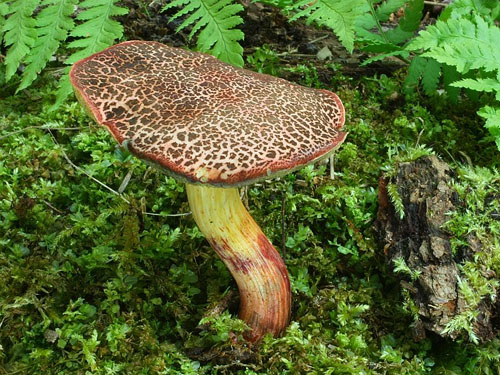
Typical fruitbody of Xerocomus cisalpinus. (photo M. Mikšík)
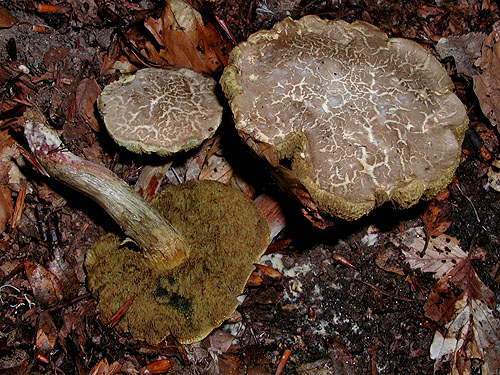
Old frutbodies of Xerocomus cisalpinus. (photo B. Assyov)
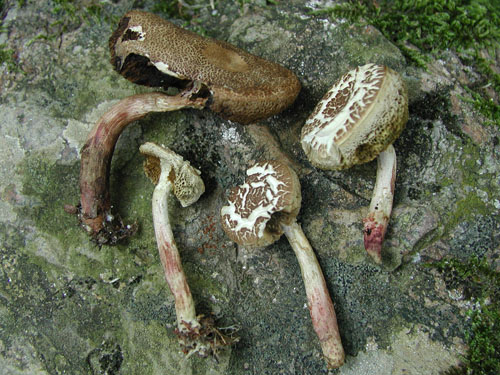
Old fruitbodies of Xerocomus cisalpinus. (photo B. Assyov)

Sectioned fruitbody of Xerocomus cisalpinus. Note the colour of the flesh and the blueing pattern. (photo M. Mikšík)

Detail of the flesh in the stipe base of X. cisalpinus. The strong blueing in the stipe flesh is characteristic in this species. (photo M. Mikšík)
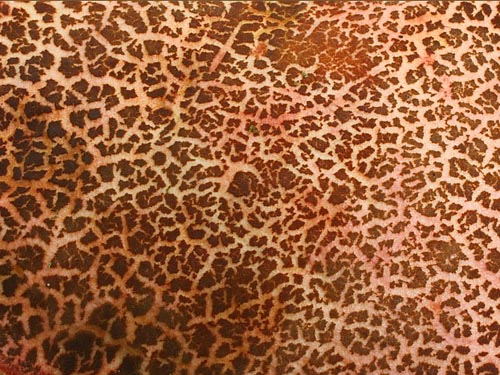
Xerocomus cisalpinus - detail of the cap surface. (photo M. Mikšík)
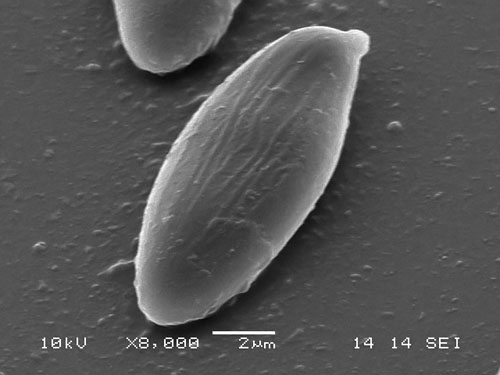
Striate spore of Xerocomus cisalpinus. (photo B. Assyov)
Important literature
Hills, A.E. 2008. The genus Xerocomus. A personal view, with a key to the British species. Field Mycology 9(3): 77–96.
Knudsen, H. & Vesterholt, J. [eds.]. 2008. Funga Nordica. Nordsvamp, Kopenhagen.
Ladurner, H. & Simonini, G. 2003. Xerocomus s.l. – In: Fungi Europaei. Vol. 8. Pp. 1–527. Edizioni Candusso, Alassio.
Peintner, U. Ladurner, H. & Simonini, G. 2003. Xerocomus cisalpinus sp. nov., and the delimitation of species in the X. chrysenteron complex based on morphology and rDNA-LSU sequences. – Mycological Research 107: 659–679.
Watling, R. & Hills, A. 2004. A new combination for a newly recorded British bolete. – Kew Bulletin 59: 169.
Watling, R. & Hills, A.E. 2005. Boletes and their allies (revised and enlarged edition). – In: Henderson, D.M., Orton, P.D. & Watling, R. [eds]. British Fungus Flora. Agarics and boleti. Vol. 1. Royal Botanic Garden, Edinburgh.